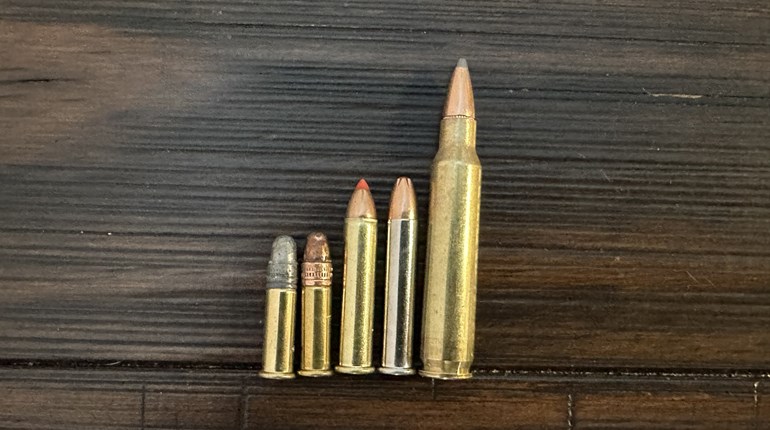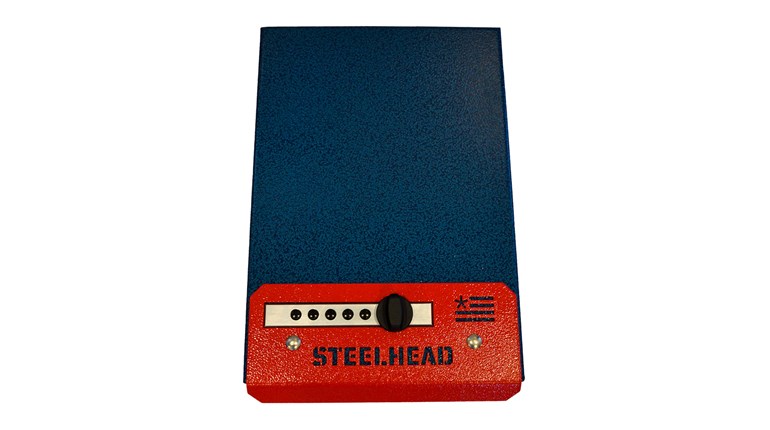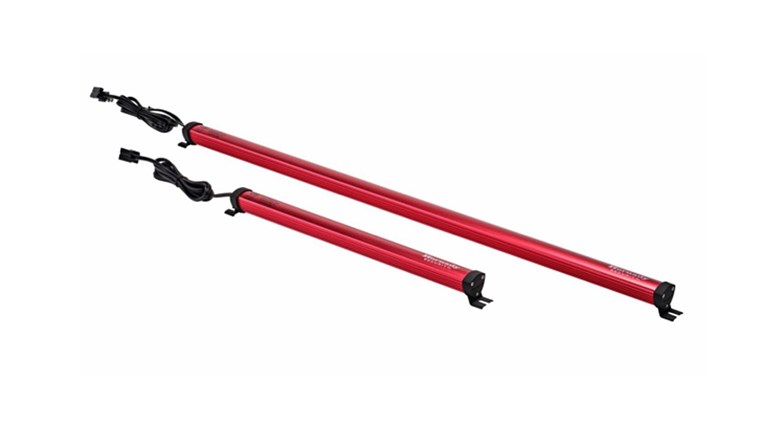
I’ve always believed I didn’t really need or want a safe.
There, I said it. I had reasons for that feeling that way. I live alone, for one. There’s also the fact that gun storage in devices that lock will always result in a delay in accessing those guns. Biometrics can fail, especially when hands are dirty, wet or sweaty. Keypad combinations aren’t the easiest to remember in stressful situations. And keys require fine motor skills that might go funky when the adrenalin starts pumping. At least I thought all of this was true, until I took a course dedicated specifically to retrieving firearms from a safe. I know, that’s oddly specific; yes, there was a course I took solely dedicated to gun retrieval from a locked container. And boy, did I have some preconceived notions corrected at that course.
First off, I recognized my need for a safe, even as a single guy in a respectable neighborhood. Initially, I thought I was the last candidate to whom this course would apply. That said, I knew the instructors knew their stuff. Little did I know I was about to get schooled in safes and why everyone needs one. What were the pros I didn’t know, and the cons I didn’t know weren’t a big deal?
Pro: Deterrence
Safes are heavy and awkward to move. Let’s be real … if my house got broken into, my decorative, wood-framed, glass-fronted cabinet isn’t keeping anyone out. (Not that I was relying on the cabinets to do that, but easy access for me also means easy access for anyone who comes in when I’m not home.) Most thieves want to get in and out. They don’t want to transport a 300-lb. safe or spend precious seconds trying to crack the safe before the police or homeowner arrive.
Pro: Fire Damage Prevention
Even if your home is never invaded (knock wood), a good quality safe can help protect your firearm collection from fire or water damage. (Check out this horror story for more information!)
Not a Con: Space
Depending on the type used, safes don’t take up as much room as you’d think. Before the course, I’d moved to a small place, and space for a safe was a concern. I was thinking any safe I’d get would be a pain to maneuver, and it would take up more space than I had available. Wrong! Modern safes have a variety of methods of access, making them far more flexible for placement than your standard concrete-filled, refrigerator-sized safe.
Some are small enough to fit a 16-inch barreled carbine under a bed. So not only did I have the space for one, but I also had more options than I realized when it came to placing the safe in a given location.
Things to Consider
The first factor to take into account is access. Who, yourself included, is going to need to access the firearm. For me, that’s it. Just me. For my dad? He as well as my mom might need it. Do you have kids, and are they responsible enough to have access to a firearm, and do they know how to safely manipulate whatever firearm you put in the safe? Once you determine who should and shouldn’t be able to get to the gun inside, it’s time to consider…
Location
Now that you know who needs access to the gun or guns in your safe, where are you going to put the safe? Should each person have their own safe? In short, come up with a plan to ensure those who need to access a firearm can do so easily and without too much movement, as the faster you can get to the safe, the sooner you can retrieve the invaluable tool inside it.
Speed
Getting to the safe is crucial, and time is of the essence when an intruder is in the home, so the faster you can grab the gun inside, the better. And while different opening methods – biometrics, combination, key, etc. – can change the speed at which you can open the safe, there are some small things you can do to make procurement of the firearm faster. For example, place the safe under or near your bed for the least amount of space between you and the gun. Also, bear in mind the way the door on the safe swings. If you place the safe under your bed, make sure the door swings downward so you’re not having to hold the door up to get your gun.
Accessories and Access
While a tricked-out AR with all the bells and whistles is cool, they’re not always the most practical. Slings, lights, lasers … they’re all items that can pose a snag hazard, and the thinner your safe – a plus when trying to be discreet about having a safe at all– the harder it can be to get the firearm out without catching it on something.
Training? Yes, Training!
If you’re interested in integrating a safe into their your home-defense routine (which after taking this course, I highly recommend), check out SecureIt’s training website. Even if you don’t get a SecureIt brand safe, the training found in this course is beneficial if ever needed in real life. Furthermore, SecureIt set up a series of videos to enhance education and integrating safes into a home – or vehicle – defense situation.
All in all, I’m now a believer. I will be regularly implementing gun safes in my plans to better secure my firearms, and thereby my home, regardless of my living arrangements.







































